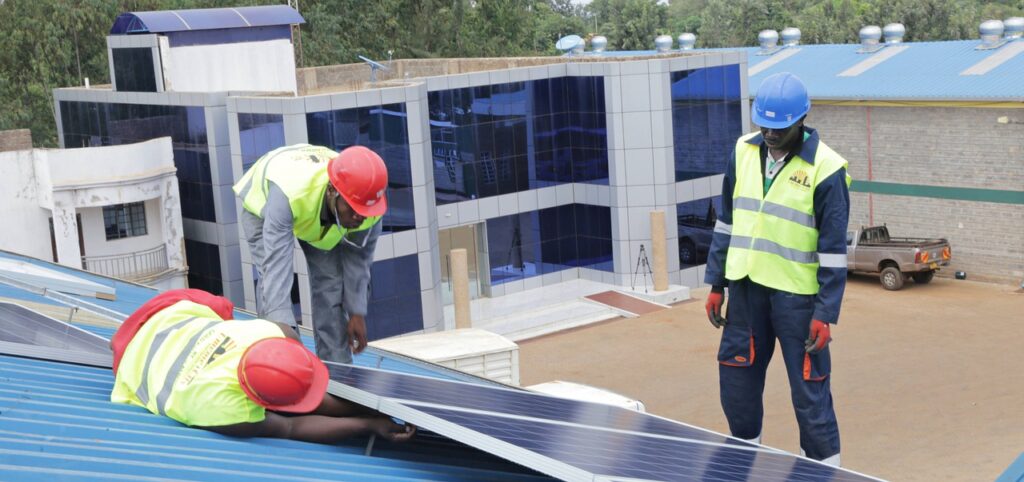Habeck’s Easter package provides for the massive expansion of solar installations. In the process, the traffic light government wants to introduce a solar roof obligation for buildings that are not used for residential purposes by 2023. In Baden-Württemberg, there is a solar roof obligation also for residential buildings, the construction of which will take place from 1 May 2022. This not only increases the cost of urgently needed housing, but also burdens the taxpayer because of the lavish subsidies. Does the expansion with more and more solar plants really make sense? An examination by our guest author Hans Ambos.
PV modules come from China
The days when companies manufactured solar panels in Germany are over. One company after the other either went bankrupt, like Solarworld, or, like Bosch Solar Energy, left the market in time before it went bankrupt. Today, solar panels come mainly from China. The production of solar systems there is not very ecological, because it is done with cheap coal-fired electricity.

Energy balance in our latitudes more than modest
The energy balance of a PV system is therefore not negligible. In latitudes north of the Alps, according to a study by ETH Zurich, a PV system needs about 18 years until it has generated exactly as much electricity as was required for its production. One may well ask whether the forced expansion in our latitudes actually makes sense. In the deserts of North Africa, it only takes 4 years to generate the energy that was needed to produce them, and 10 years in southern Italy.
Plants are only profitable through subsidies
However, these plants are still profitable for the operators in Germany. Due to the high subsidies, they have already paid for themselves financially after a few years. Until now, the costs were borne by the consumer through the EEG surcharge on the electricity price. However, the abolition of the EEG surcharge does not mean that the subsidies will cease, because the state now finances them out of taxpayers’ money instead of through the electricity price. This is neither economic nor ecological, let alone sustainable.
Too much electricity at noon, too little in the evening
The corresponding lobby cheers every new production record for green electricity. However, the lobby always completely ignores the fact that these records often exceed the current electricity demand at midday. In other words, electricity is being produced that no one needs at the moment. As a result, the stock market price falls to zero euros and more and more often even becomes negative. Then the surplus electricity is “dumped” abroad. The costs for this are of course borne by the consumer, because they are passed on to the electricity price. If things go badly, the electricity is bought back from abroad at a high price in the evening.
The sun doesn’t send a bill – yet electricity prices explode
Nevertheless, the lobby keeps claiming that green power plants could generate electricity cheaper than nuclear and coal-fired power plants. Again and again they argue with the slogan “The sun doesn’t send a bill”. Nevertheless, Germany has the highest electricity prices in the world and these are rising from one record to the next with the further expansion of renewables and the shutdown of the last nuclear and coal-fired power plants.
Read also the first part of this short series
